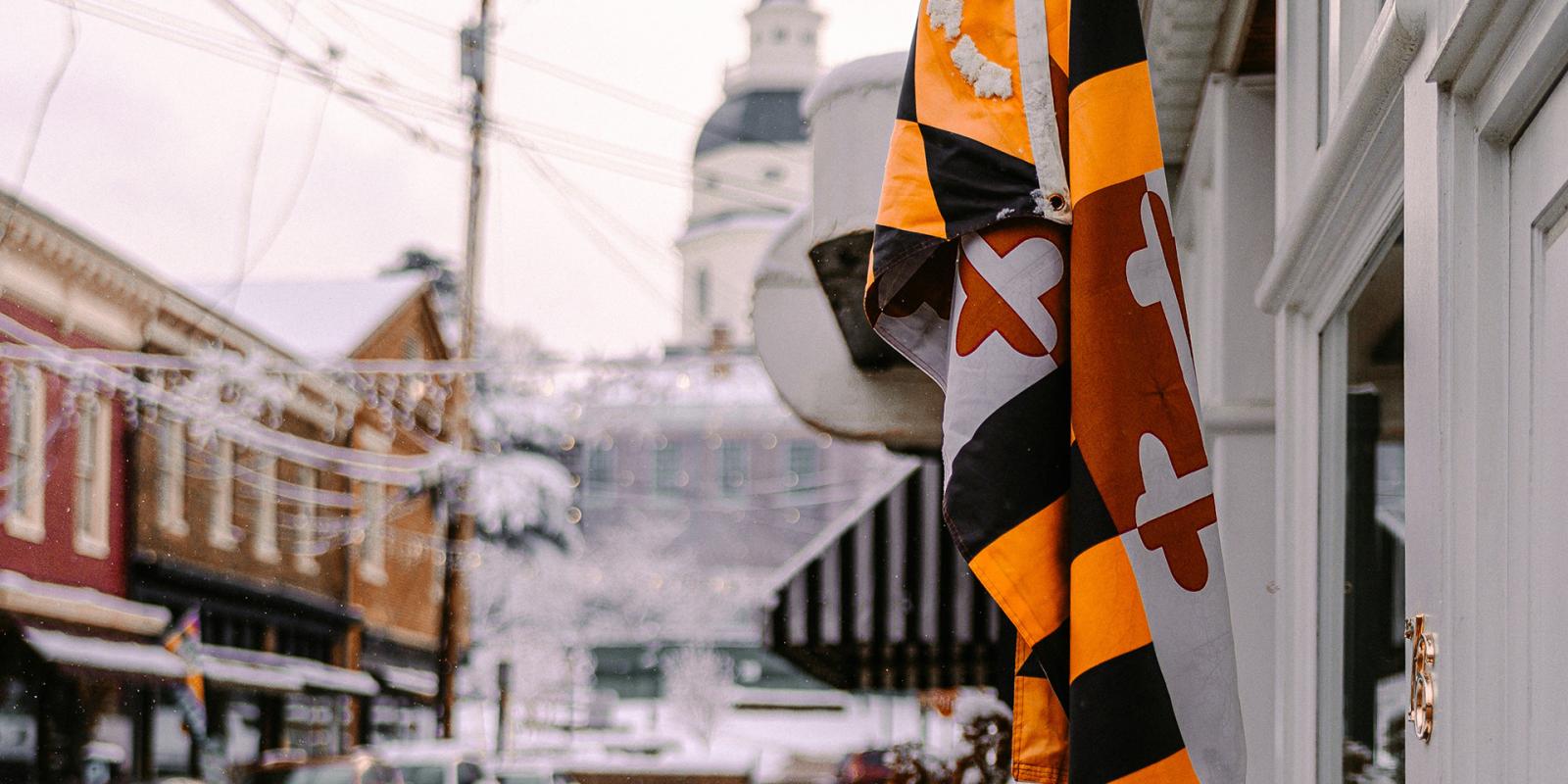For years, Turkey Tayac fought almost singlehandedly for the rights and recognition of his Native American group, the Piscataways. In the 1950s, he found some unlikely allies and successfully fended off an effort to build high rise apartments on sacred Piscataway lands in southern Maryland. A few years later, he helped convince the National Park Service to preserve the land for posterity. It was a remarkable achievement, and Turkey Tayac's work for inclusion would continue, even after his death.
